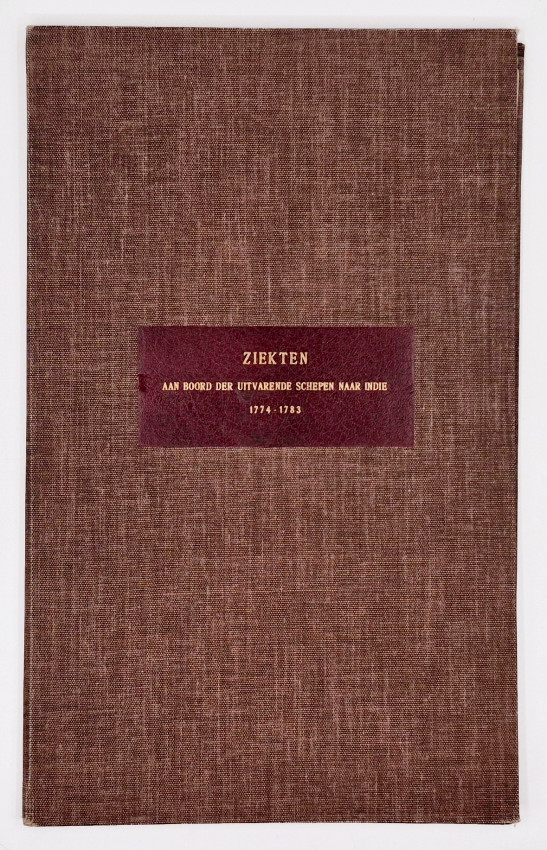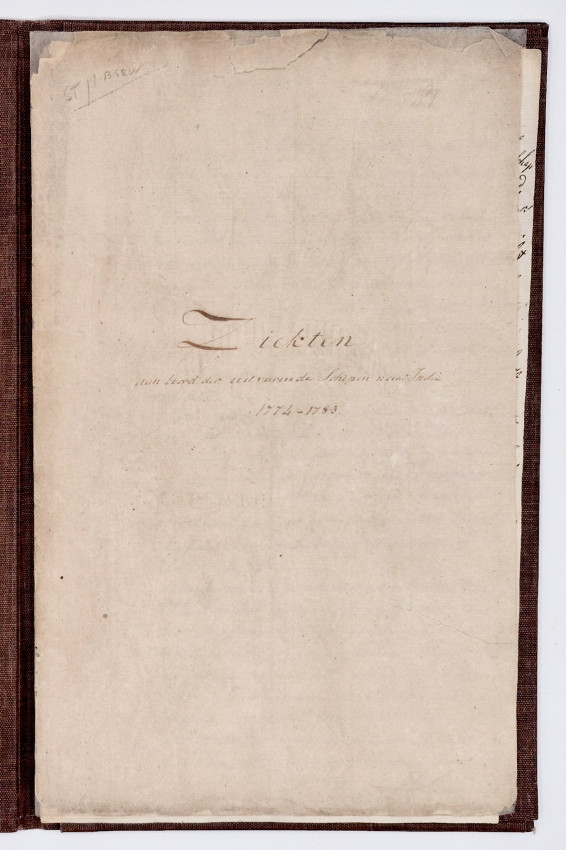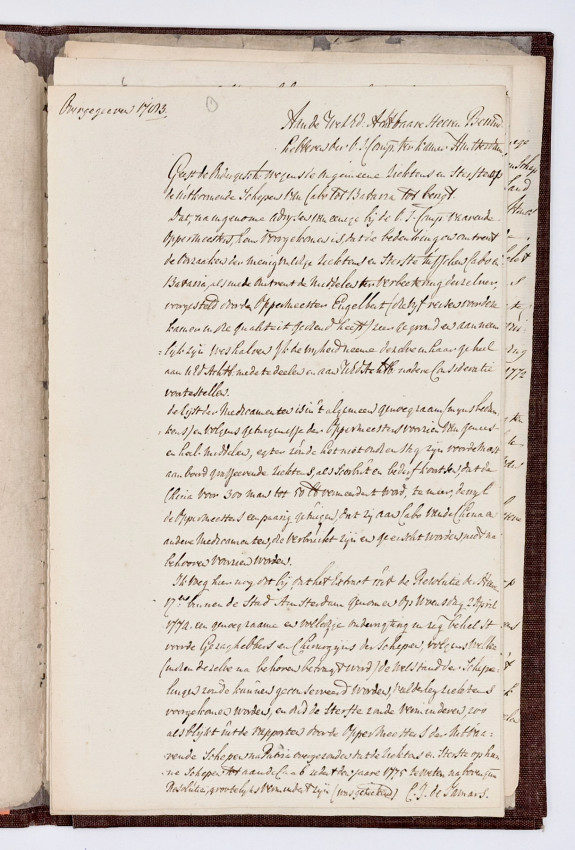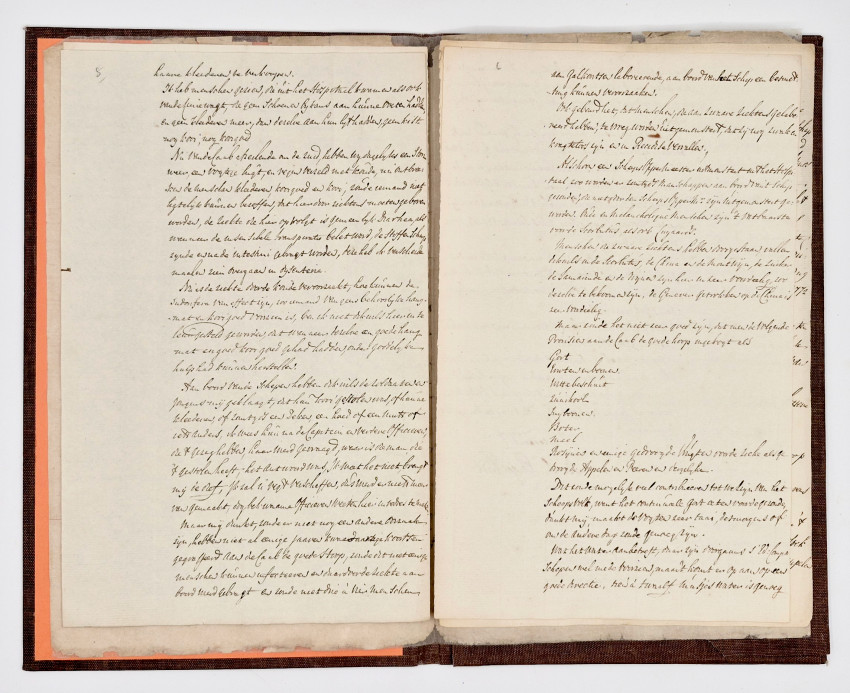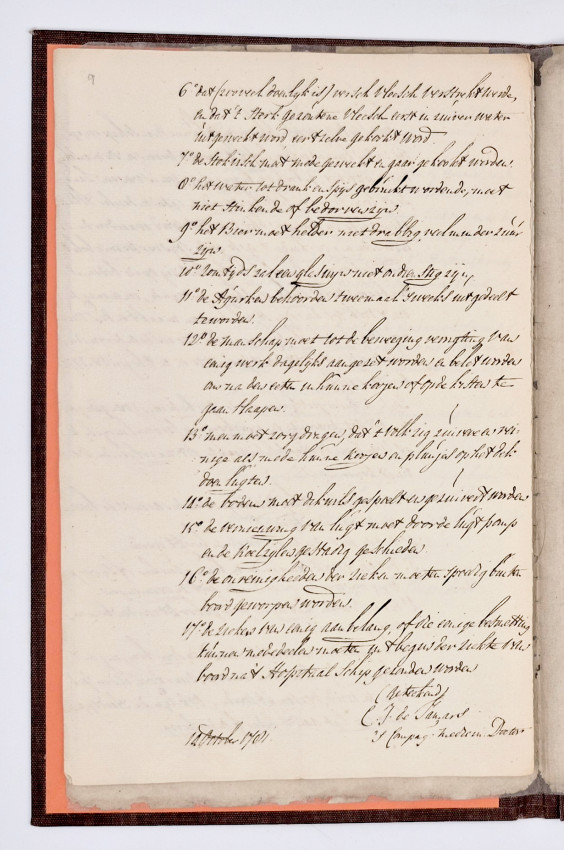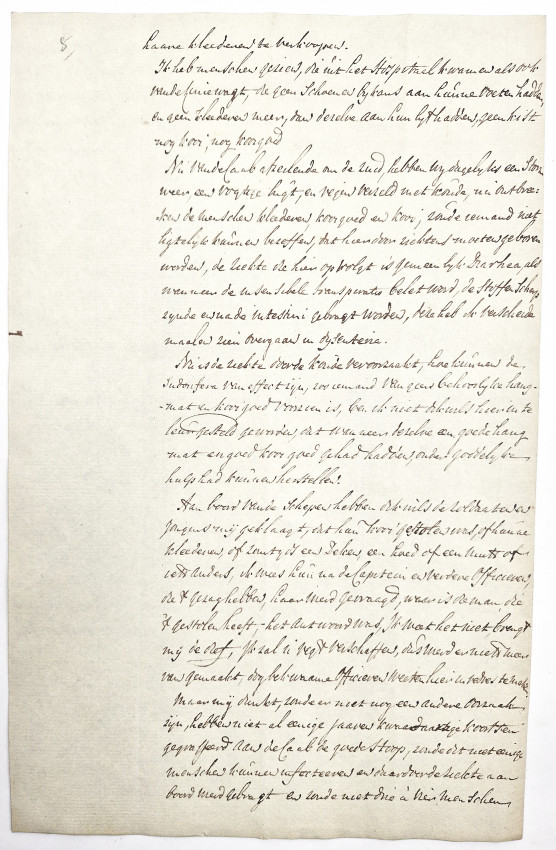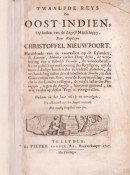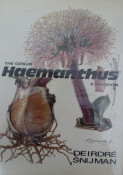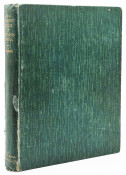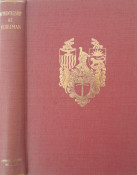The documents are directed toward officials at the Cape of Good Hope.
Nine pages autograph medical reports, foolscap (335 x 206 mm), issued by the highest governing body of the Dutch East India Company (VOC) in Asia.
The author’s include:
H. [or G. H.] Wichers.
J. Engelbert, a ship's surgeon or medical officer in the Dutch East India Company (VOC) service during the 1774-1783 period.
B. de Sarnard.
Compas, Medisch. Doctor (Medical Doctor).
Cornelis Hendrik de Haan (1719 – 1785) Reformed minister (predikant) of the Rotterdam Chamber of the VOC, occasionally titled Doctor for his theological or medical studies. He served as a Company chaplain (Compagnie-predikant) and acted as an advisor on shipboard discipline, hygiene, and spiritual welfare.
The document outlines seventeen regulations for shipboard medical and moral conduct — effectively an early health and sanitation code for VOC vessels.
They constitute a single administrative resolution issued by the VOC's High Government (Hooge Regeering) in Batavia. The text is sequential, addressing one ongoing investigation and its resultant directives. The document is dated 1791 and is directed toward officials at the Cape of Good Hope at a time when the VOC was in decline owing to systemic problems and internal corruption.
The document deals with rectifying major logistical, administrative, and financial failures that occurred during the transfer of personnel and goods from the Cape of Good Hope to the central office in Batavia.
The central themes are:
1. Hospital & Personnel Management: Auditing and regulating the supply of medical provisions for the Cape Hospital, ensuring proper records of the sick, and controlling the transport of ailing personnel to Asia.
2. Operational Efficiency & Corruption: Investigating why ships were not sailing at "complete capacity" and why "quiet detrimental means" (a bureaucratic term often masking unauthorized private trade or smuggling) were evident, which were actively undermining the Company’s official capacity and profit margins.
3. Ship Quality & Maintenance: Tracing specific defects and disadvantages back to the initial construction and "fitting out" of the Dutch ships in Europe, indicating systemic issues in the VOC fleet that resulted in heavy maintenance burdens at the Cape.
The full resolution mandates a complete overhaul of the administrative and logistical protocols for the Cape Council of Policy. It operates on four interconnected premises, culminating in a detailed list of mandatory new procedures (Articles 1 to 16):
Financial Accountability in Health (Article 1): The Cape Council must institute a precise and auditable record-keeping system (a fineeringt or final estimate) for all medical supplies and provisions used for the hospital and for the transportation of the sick. This was intended to stamp out the suspected misappropriation of funds meant for essential health services.
Controlling Unofficial Capacity Use (Articles 2 & 3): The report demands an explanation for why the fleet was not operating at its full designated capacity, noting that local officials were avoiding rigorous reporting standards by using unofficial methods for transporting sick crew (Zeek Hospital). This regulation targets the unauthorized use of company resources—space, time, and manpower—for activities not officially sanctioned (such as private trade by high-ranking officers, which was endemic in the late VOC period).
Addressing Structural Defects (Article 4): The resolution explicitly assigns part of the blame to the source, noting that "disadvantages arising from the construction/fitting out of the Dutch means [ships]" were discovered at the Cape. This links the operational costs and failures at the Cape to the inferior and slow fleet construction mandated by the Company back in Europe.
Enforcing Compliance (Articles 5 – 16): The subsequent articles lay out a comprehensive and rigid set of rules, including detailed reporting requirements, procedures for handling the sickest personnel, and regulations concerning ship repairs, thereby demonstrating the Hooge Regeering's centralized, bureaucratic approach to solving a deep-seated crisis of institutional inefficiency and corruption.
The seventeen recommendations are:
1. Hospital Reform: A clean, dry, and separate location (ward) must be established at the Cape Hospital for the seriously ill, away from the general population and the dead.
2.Qualified Staff: Appoint qualified and well-compensated surgeons (opper-meesters) and medical staff.
3. Adequate Provisions: Ensure the necessary medical supplies and comfortable provisions for the sick are always in stock.
4. Water & Air Quality: Better care must be taken concerning the quality of drinking water and the air circulation in the ship's hold.
5. Proper Clothing/Bedding: The sick must be provided with clean bedding and clothing.
6. Bottles for the Sick: Do not use the same bottles for the sick as for general cargo/work; they should be well cleaned and sealed.
7. Quality Wine: The best wine must be used for those suffering from seasickness.
8. Drinking Water: Water intended for consumption should not be drawn from the land or streams, but from clean sources.
9. Provisions/Beer: The provisions or beer must not be burned or become sour with the passage of days (i.e., they must be fresh).
10. Air Circulation: During the time that the sick are on the top deck, the stern port must be opened.
11. Pantry/Provisions: The provisions (pantry) should be opened when the cargo is being unloaded.
12. Movement for the Sick: After the severe sickness, movement must be provided; some work should be assigned to the men to get them out of their cabins/bunks or up to the deck for air.
13. Salt Meat/Provisions: Care must be taken that the salt meat/provisions are not served continuously to the crew.
14. Cleanliness: The sick must be cleaned/rinsed daily.
15. Surgeon's Chest: The surgeon's chest must be kept dry using the main pump and bilge plugs.
16. Diet for the Sick: The Chief Surgeon must provide the sick with a fine diet, including fresh provisions.
17. The strong shall, in case of contagious illness, communicate and assist the hospital and hospital-ship patients.
- Size: 335 x 206 mm

